
The Best Apps for Monitoring Your Crypto Portfolio
The best crypto portfolio tracking apps help traders and investors manage assets, control risks, and get real-time analytics.

The best crypto portfolio tracking apps help traders and investors manage assets, control risks, and get real-time analytics.

The collective unconscious shapes key support and resistance levels in the crypto market. Learn how crowd psychology creates “magical levels” and affects trading decisions.
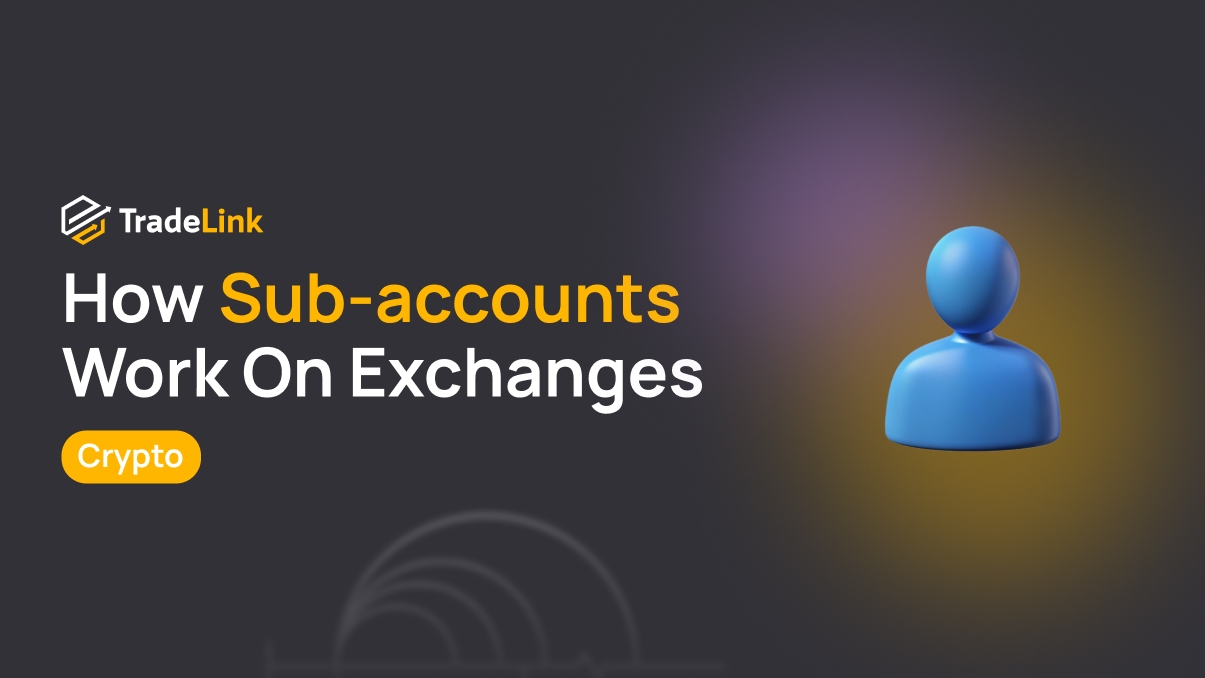
Sub-accounts on crypto exchanges help traders manage balances, separate access, and reduce risks. Learn how they work and why they matter.

An article about bull and bear traps in cryptocurrency and financial markets, their mechanics, trader psychology, and how to avoid costly mistakes.

Choosing the right timeframe is essential for successful crypto trading. This guide explains popular chart intervals, strategies for using them, and common mistakes beginners make.

An article about the psychology of HODL in crypto: why some investors hold coins for years while others sell at a loss.
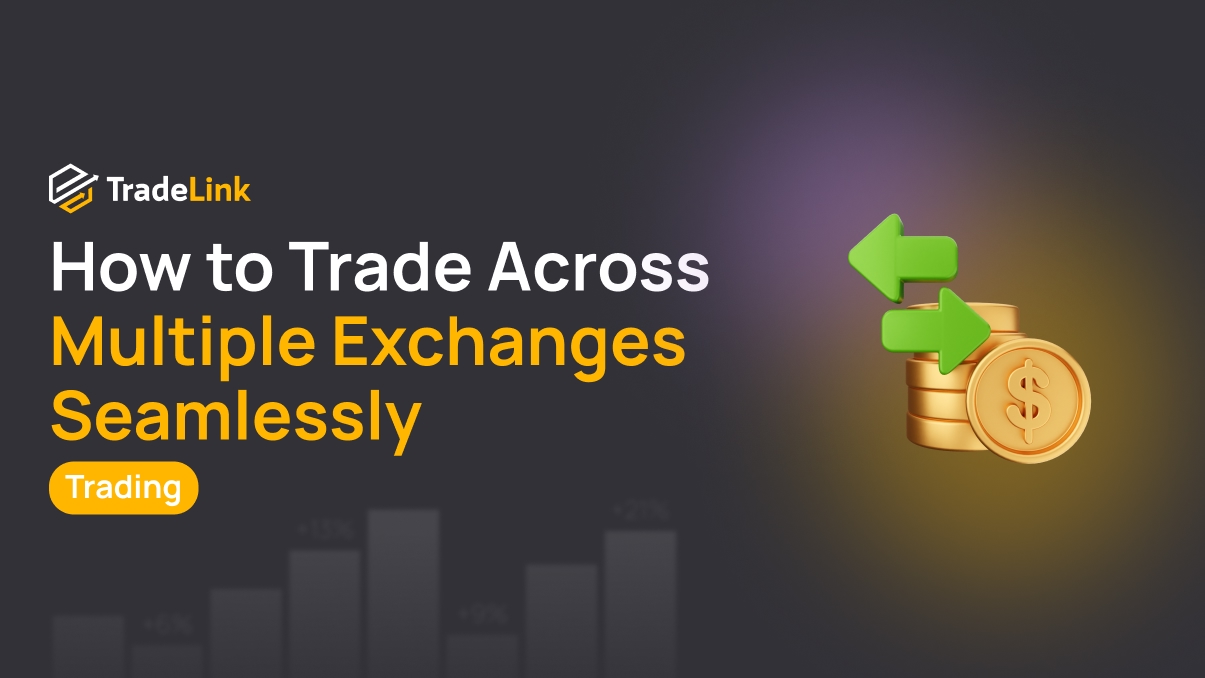
Multi-exchange platforms allow traders to trade on several crypto exchanges at once. This article explains how they work, their benefits, risks, and best practices.

Memes and tweets now influence Bitcoin’s price more than many tech updates. Explore why social media and viral content have become the key drivers of the crypto market.
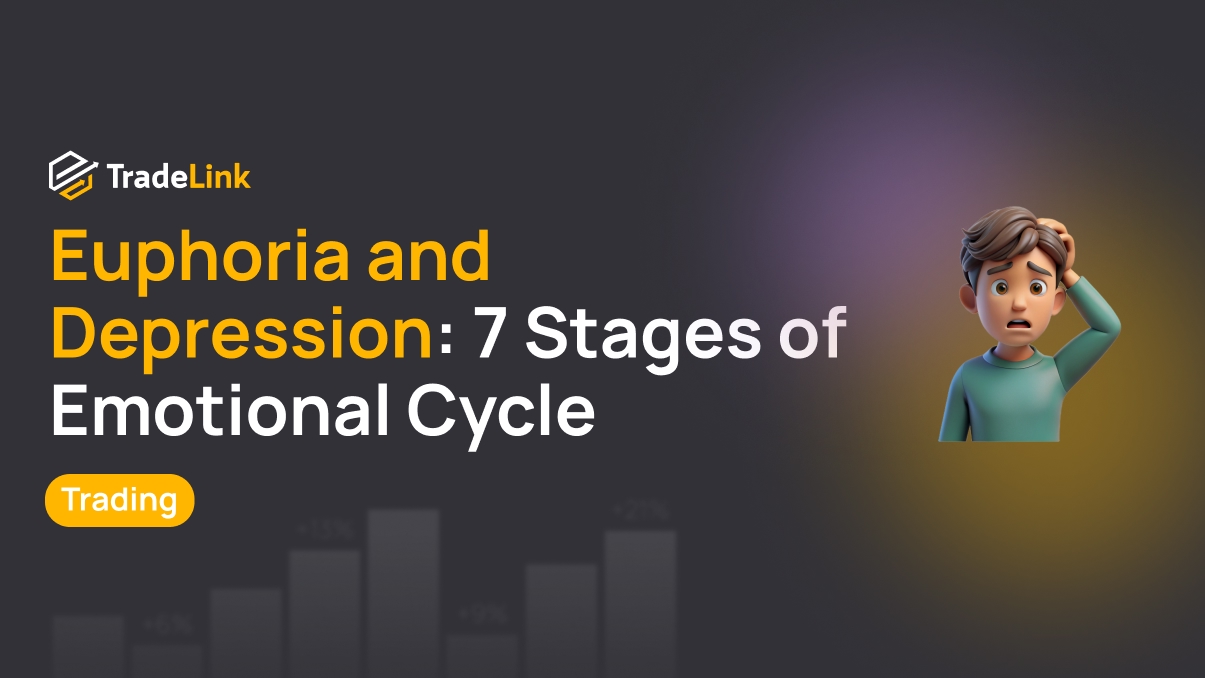
The crypto investor emotional cycle is a journey from euphoria to depression that most market participants experience. By understanding the seven stages, investors can better manage emotions and make more rational decisions.

The cyclical and volatile nature of the crypto market makes it not only an investment arena but also a school of patience, humility, and emotional resilience.
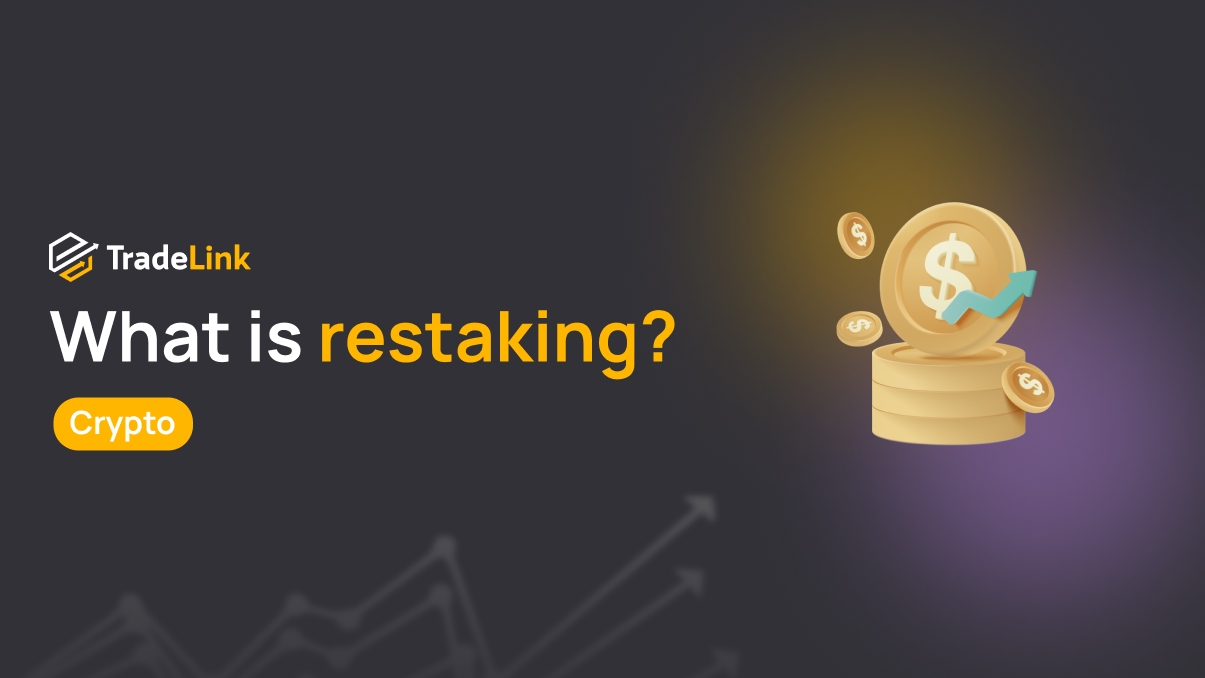
Restaking is a new trend in crypto that allows users to reuse staked assets for additional rewards. This article explains how restaking works, its benefits, risks, and major protocols.
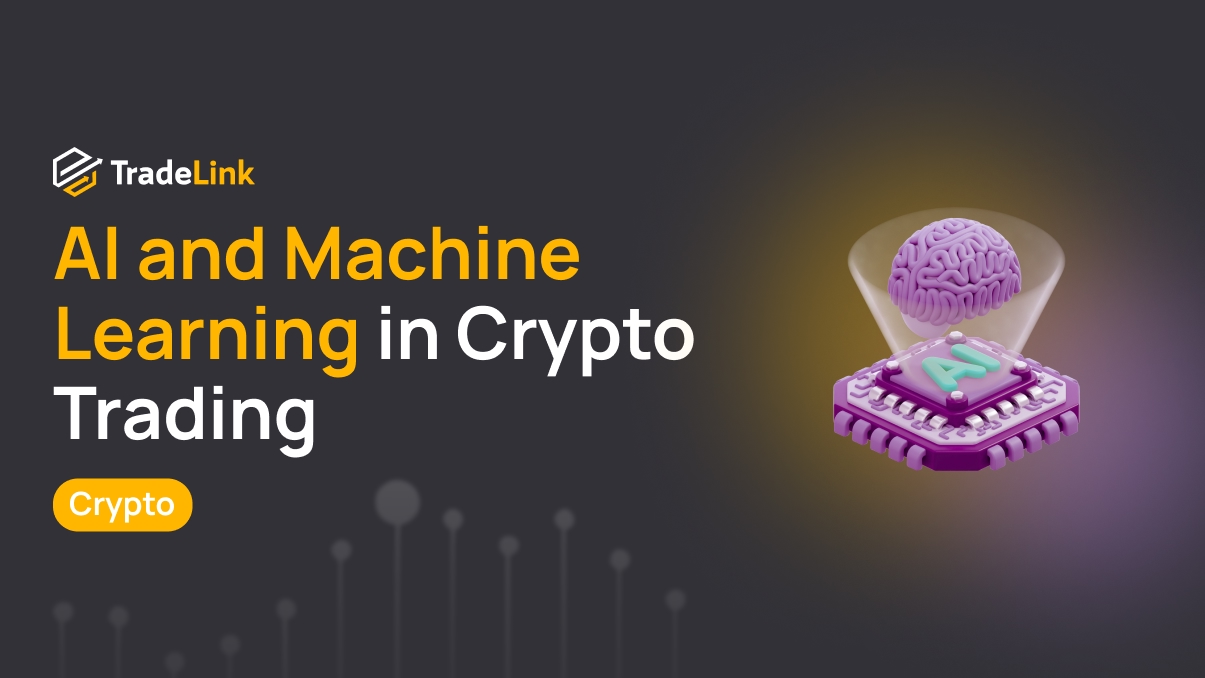
AI and machine learning are increasingly used in crypto trading. This article explores real applications, benefits, limitations, and risks of these technologies.

Wrapped tokens unlock new opportunities for cross-chain transactions and DeFi. In this article, we explain what they are, how they work, their benefits, and risks.

Hybrid strategies allow traders to combine copy trading with their own analysis to improve performance in crypto trading. This article explores benefits, risks, and practical examples of this approach.

This article explains crypto market spoofing — one of the most common market manipulation schemes. Learn how it works, how it differs from other fraudulent practices, how to detect it, and how to protect your capital.

How to avoid mistakes in crypto taxes? We cover the most common investor pitfalls and provide practical tips to ensure tax compliance.

Crypto arbitrage bots help traders profit from market inefficiencies. This article explores key strategies, advantages, and risks of automated crypto arbitrage.
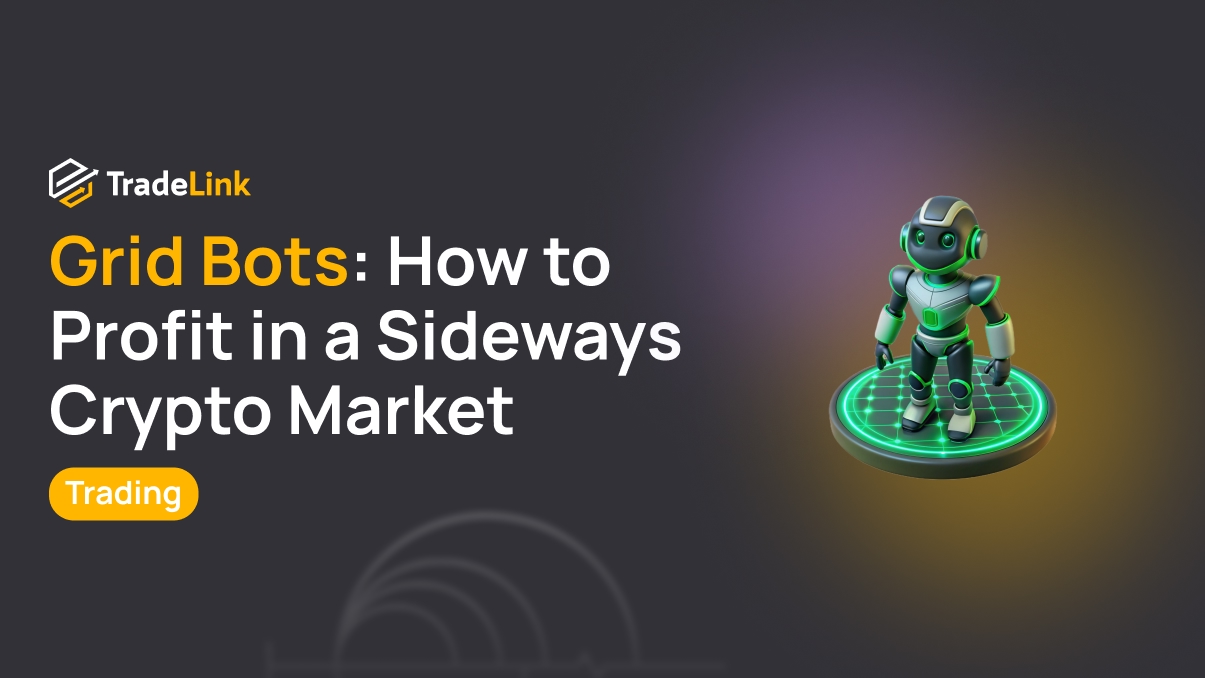
Grid bots help traders profit in sideways crypto markets. This article explains how they work, their advantages, risks, and tips for effective setup.

Crypto trading myths often mislead both beginners and experienced traders. This article explains the most common misconceptions and how to avoid them.

Cryptocurrency regulation in 2025 will reshape the trading landscape. This article explores key initiatives, laws, and their impact on traders worldwide.
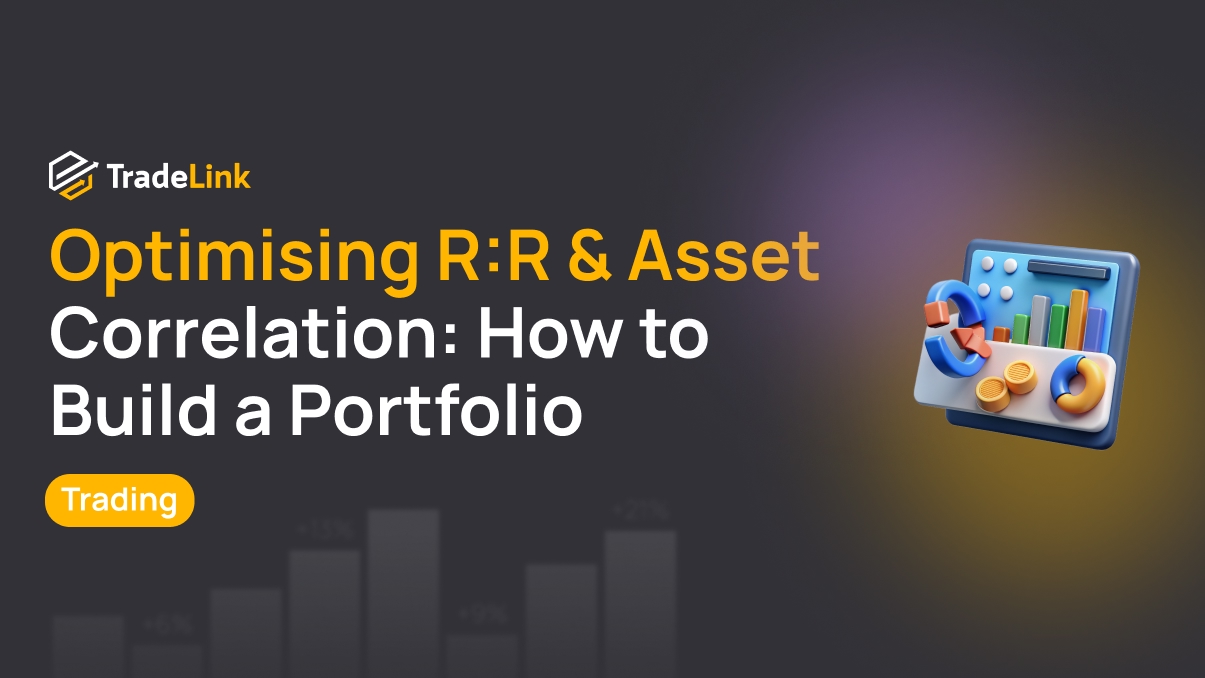
Effective risk management, risk/reward (R:R) optimization, and crypto asset correlation analysis are the foundations of building a sustainable cryptocurrency portfolio. This article explains how diversification and a strategic approach can reduce volatility, stabilize returns, and protect capital from market crashes.
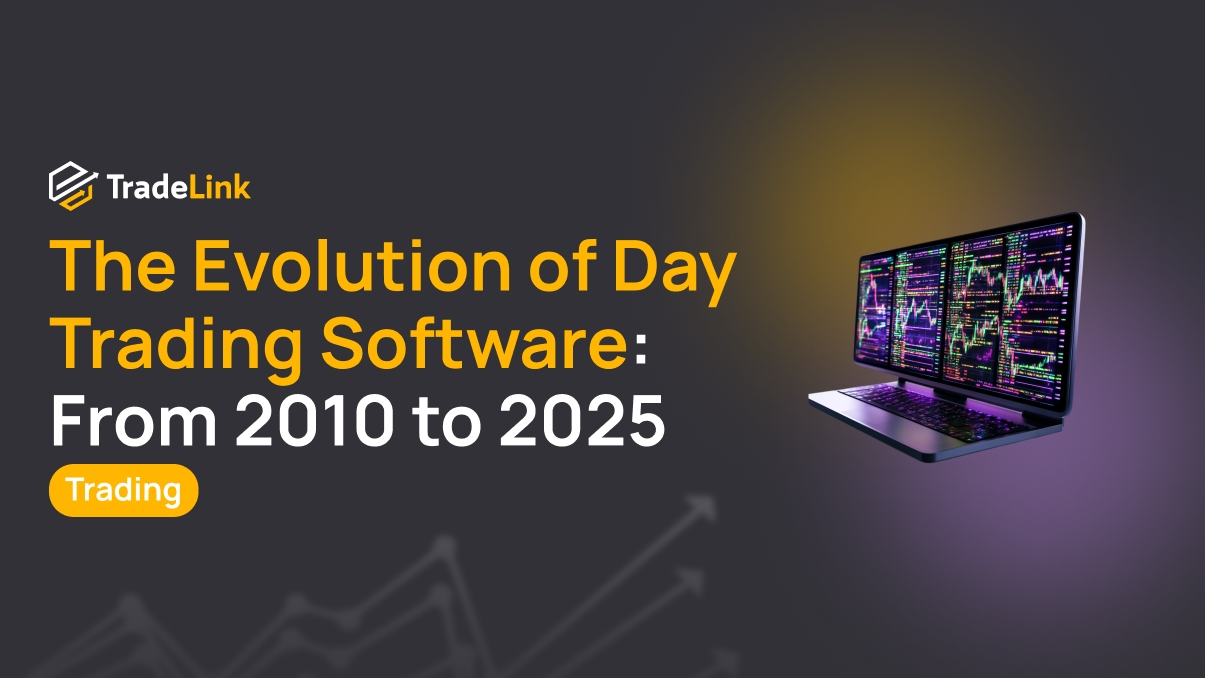
The evolution of day trading software from 2010 to 2025: from simple platforms with limited features to modern solutions with AI, real-time analytics, and crypto support.
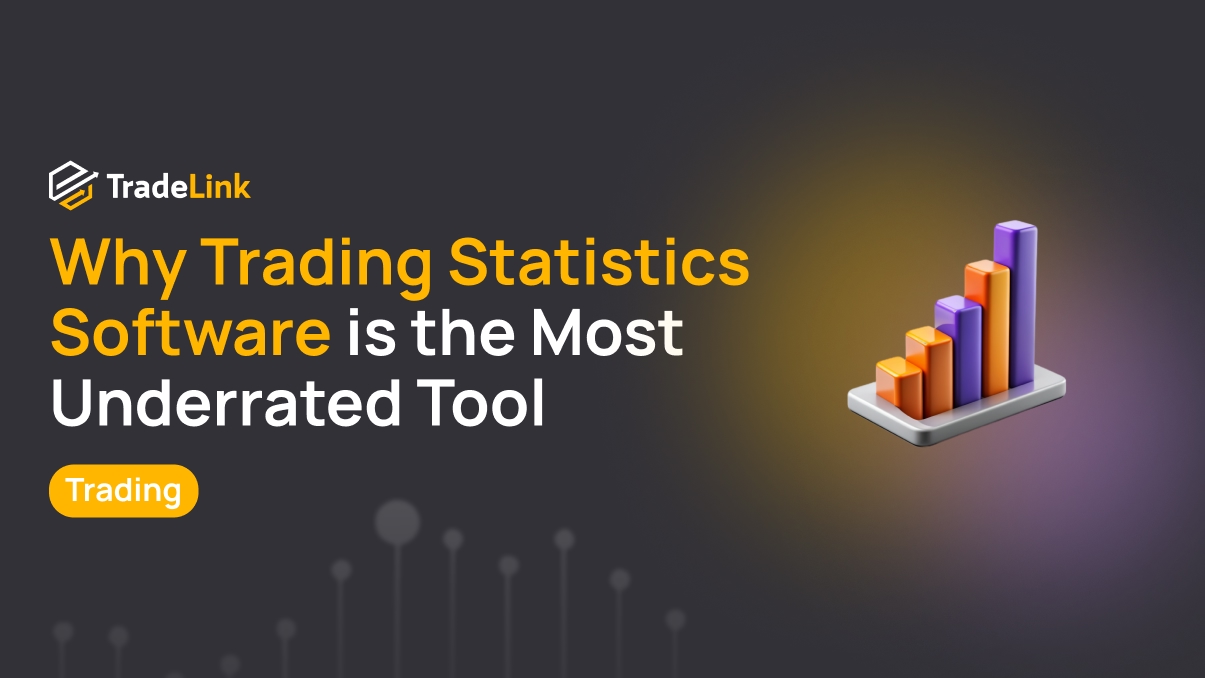
Why trading statistics software is underrated. Key benefits for traders: objective analysis, strategy optimisation, and improved discipline.
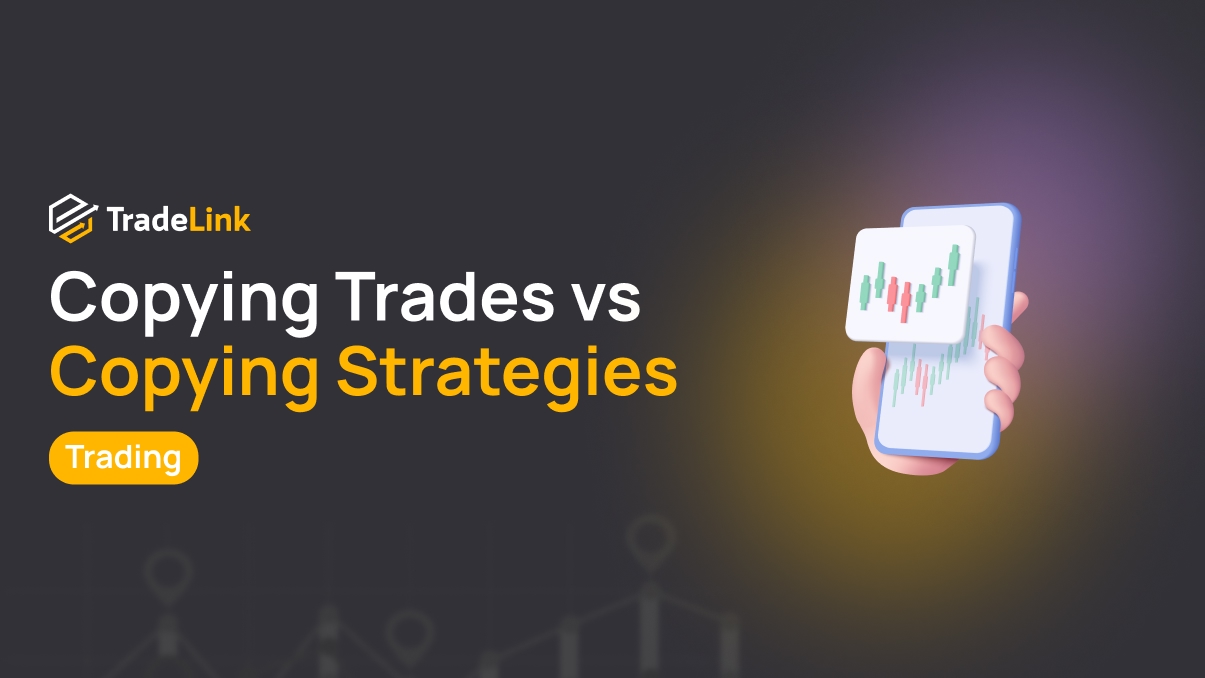
Copy trading comes in two forms: copying trades and copying strategies. This article explains how they differ, their pros and cons, and which option suits investors best.
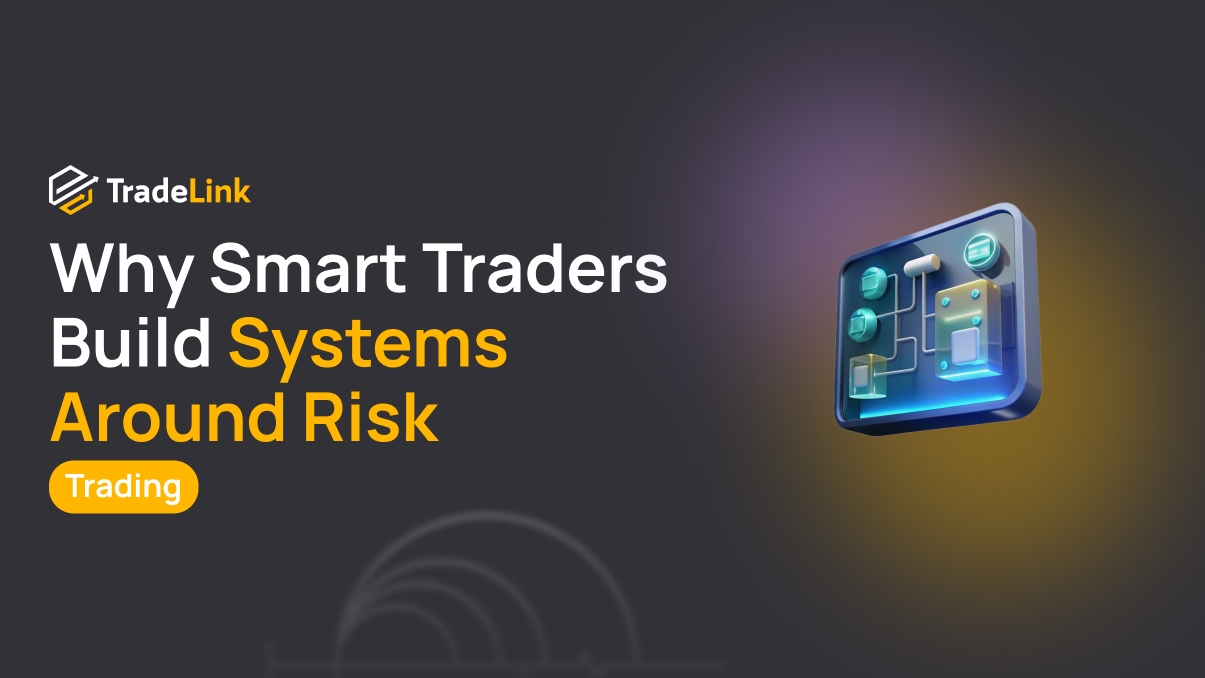
Smart traders know that capital preservation matters more than quick profits. This article explains how risk-focused systems help achieve stability in crypto and financial markets.
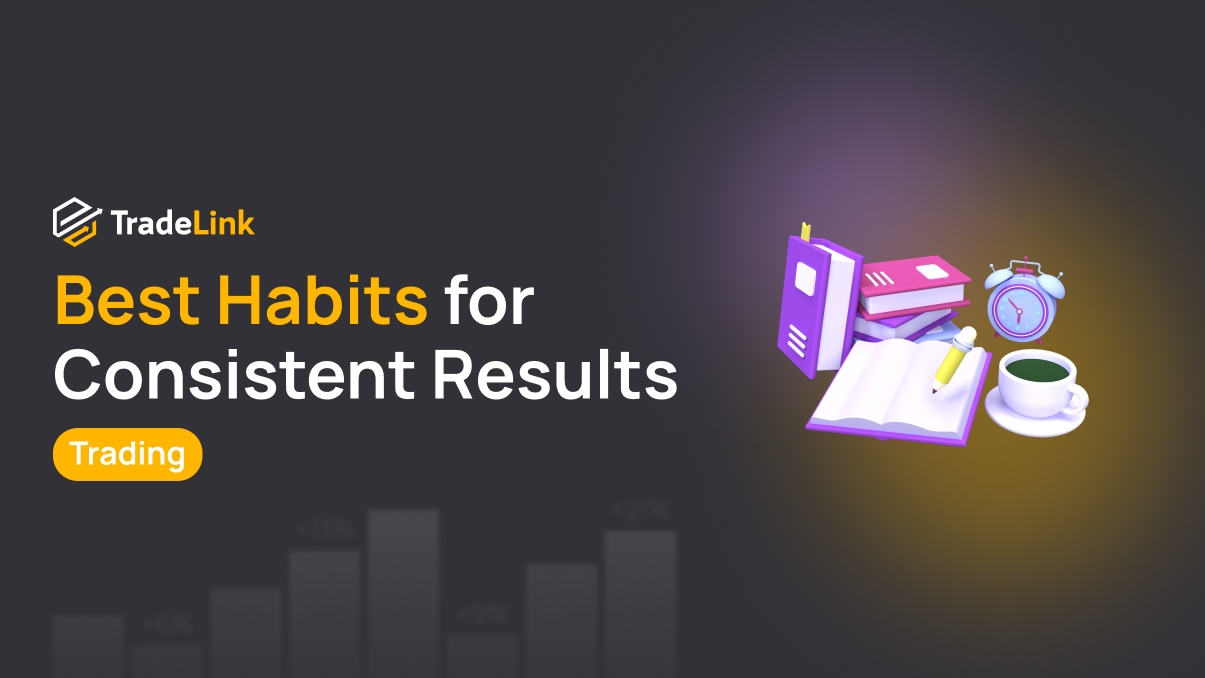
Consistent trading is built not on luck but on the right habits. This article explores the routines and practices that help traders achieve steady results in crypto and financial markets.
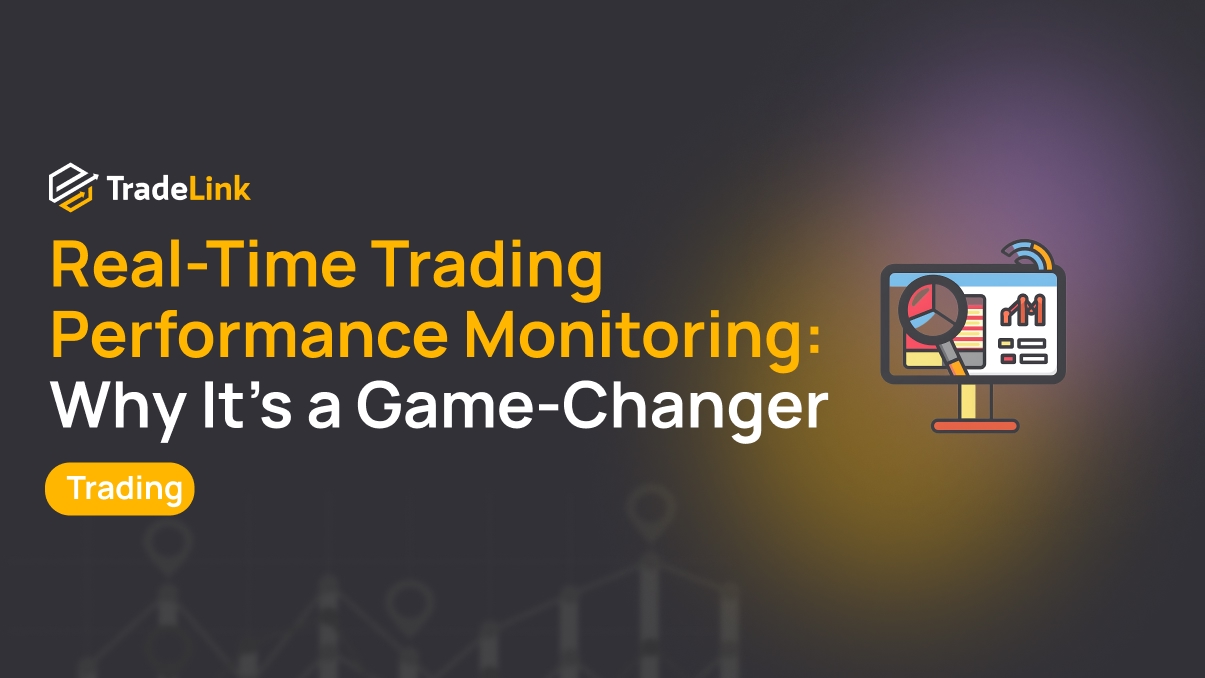
Live performance tracking changes the way traders operate by showing results instantly. It enables quicker reactions to market moves, better risk control, and stronger discipline.

Crypto trading bots are gaining popularity, offering speed and discipline. But can they fully replace professional traders, or are they just a tool in their arsenal?
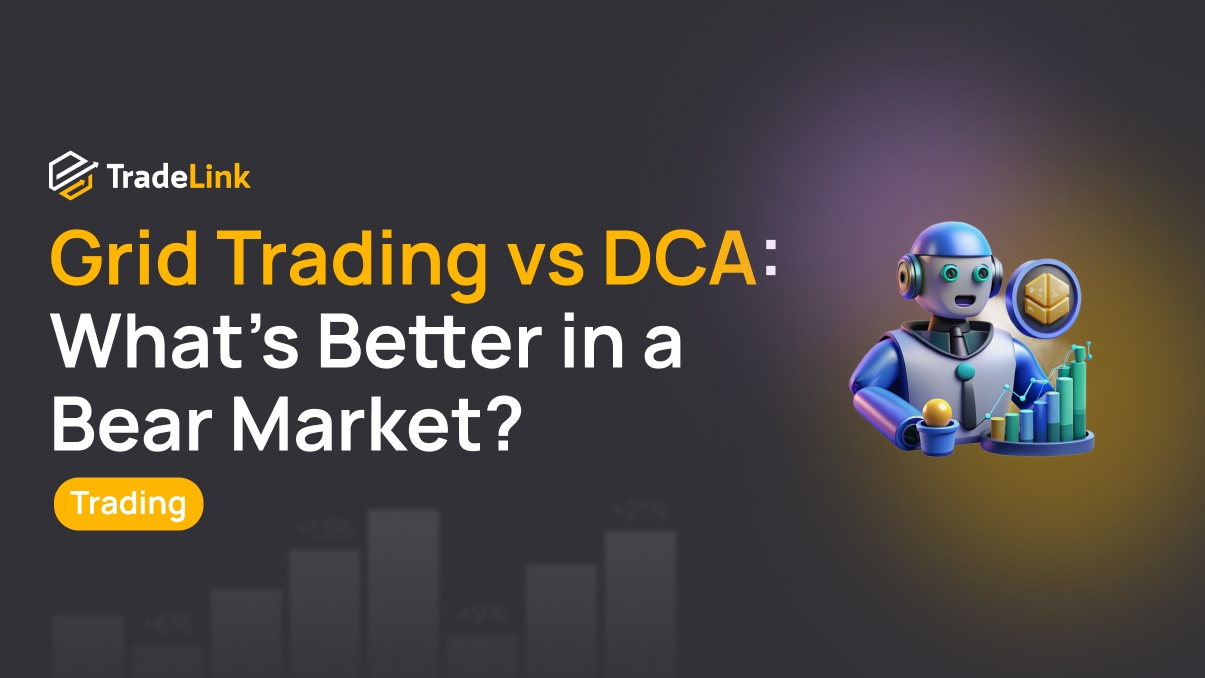
Grid Trading and DCA are two popular crypto bot strategies. This article compares their effectiveness, risks, and advantages in bear market conditions.
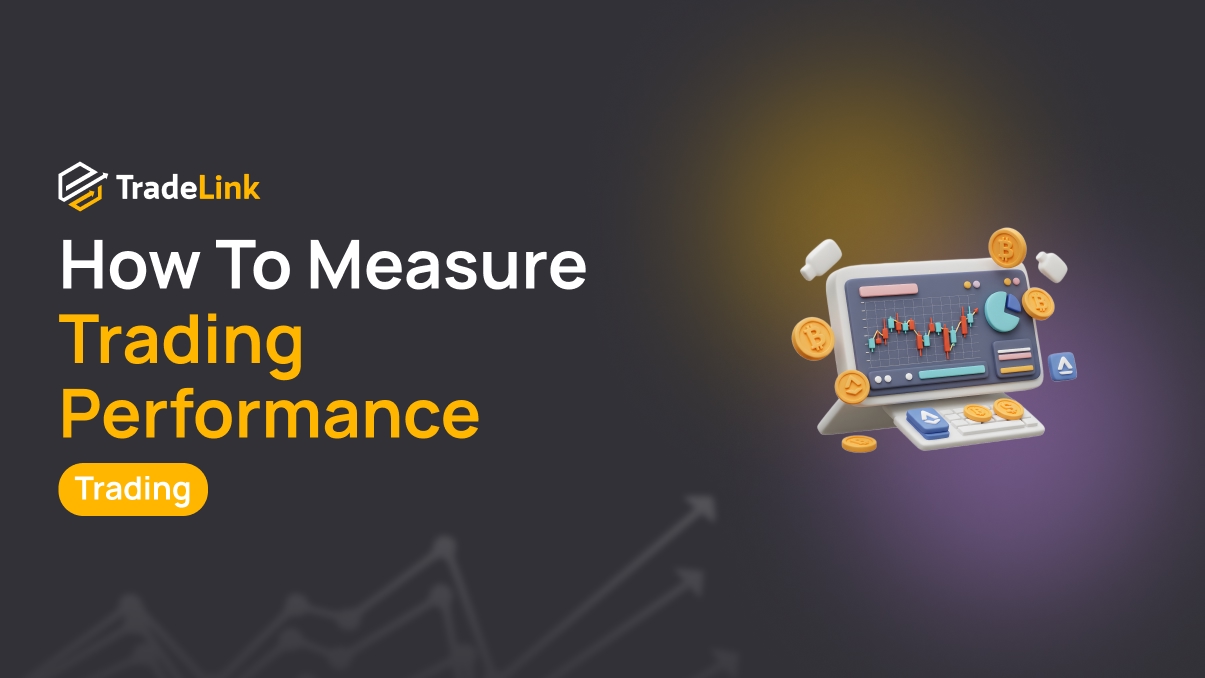
Real trading performance cannot be measured through emotions. This article explains objective metrics and tools for evaluating efficiency in crypto markets.
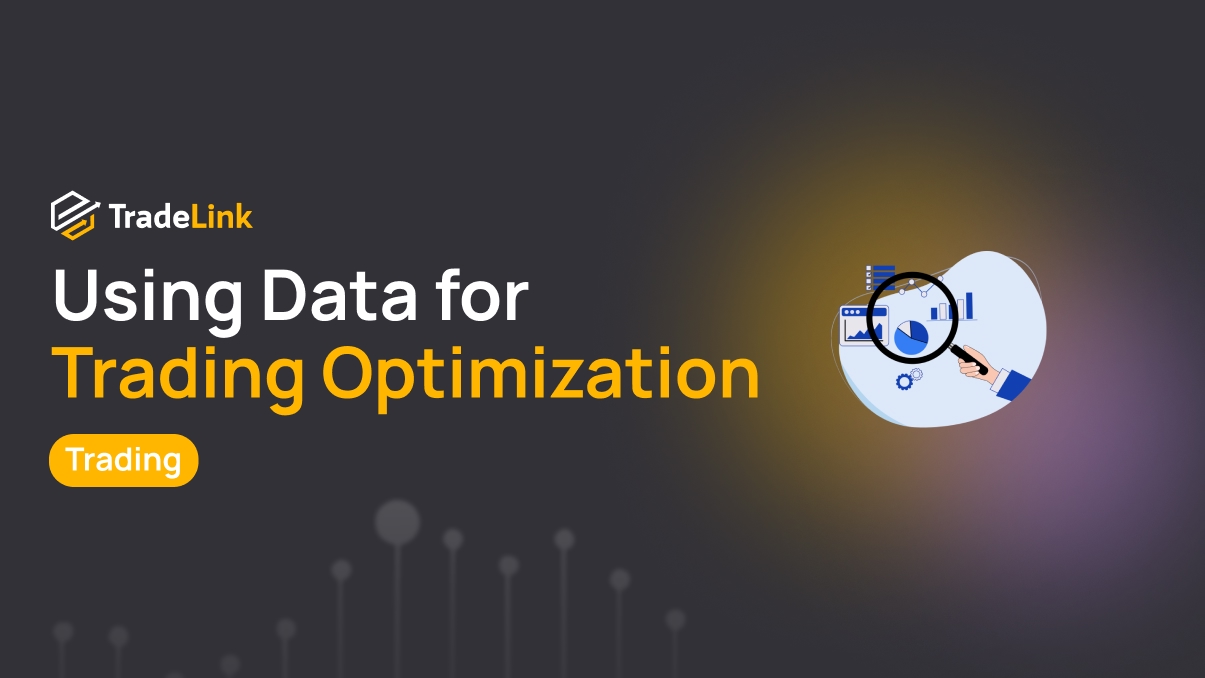
Trading data analysis helps identify mistakes and improve strategies. This article explains how to collect trade statistics, key metrics to track, and how to adjust your approach for consistent profits.

Social trading in crypto is a new way of trading where investors follow community signals and learn from professionals. This article explains how it works, its benefits, risks, and future prospects.
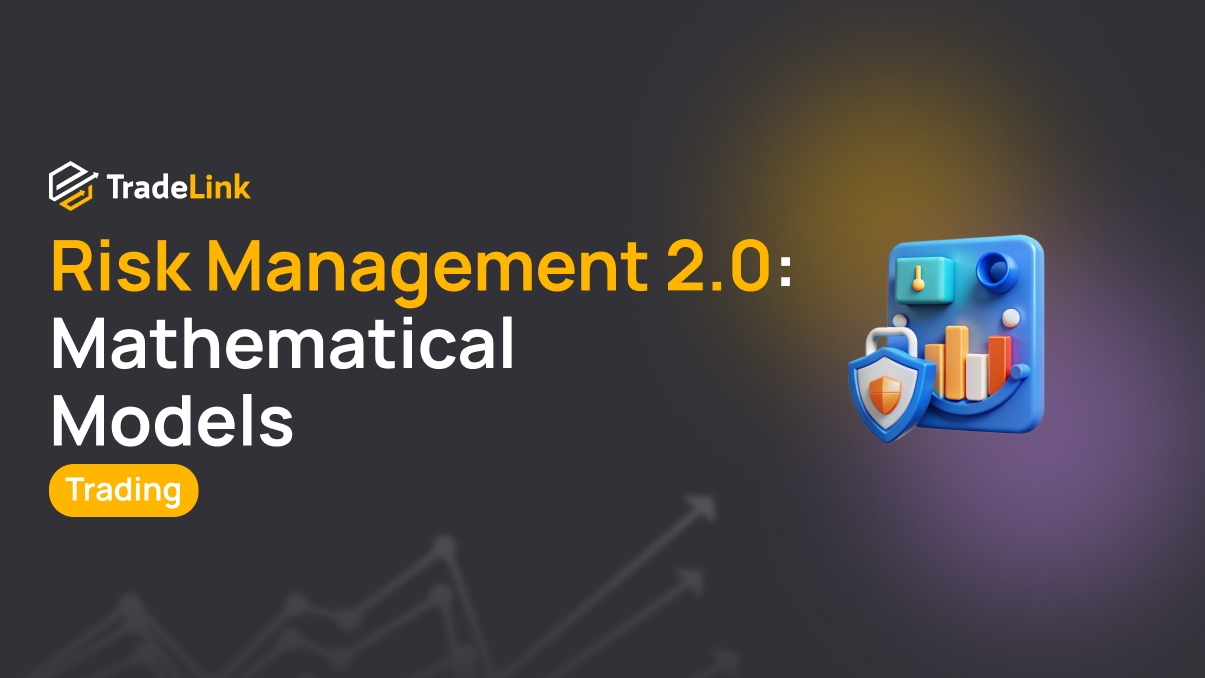
Mathematical models help traders manage risks and survive volatility. This article explains how Risk Management 2.0 works and which tools to use.

A long-term approach to trading helps reduce risks and achieve consistent profits. This article explains the principles of stable trading, capital management, and trading psychology.
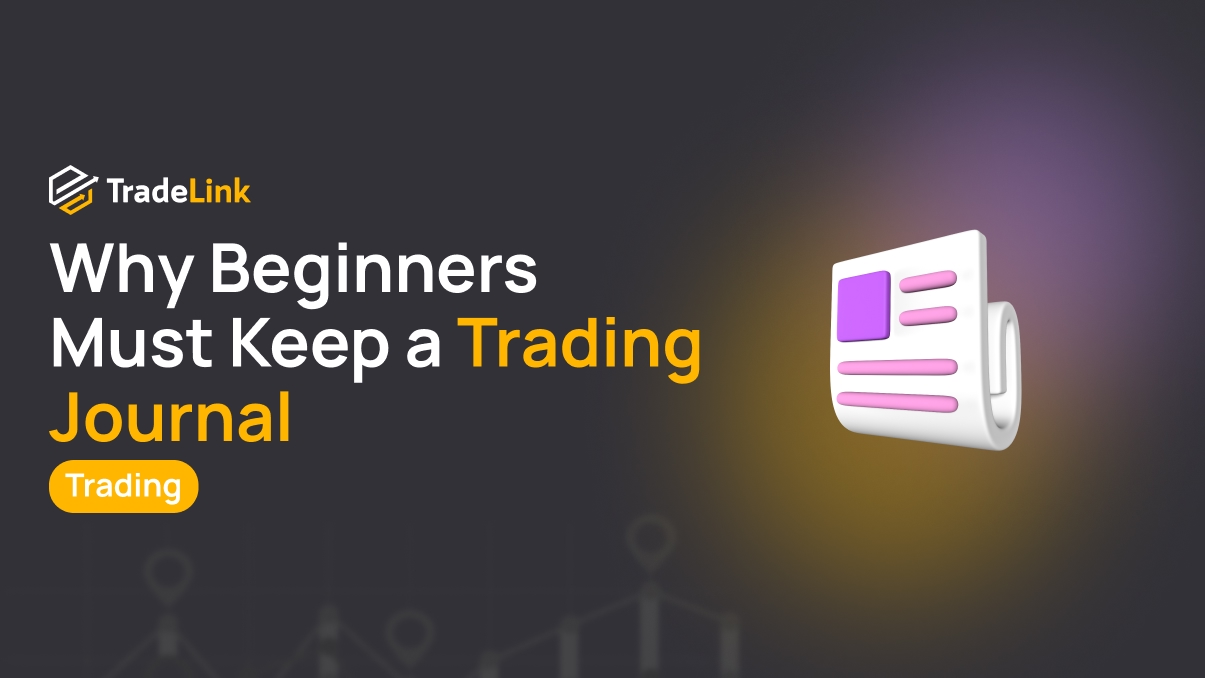
A trading journal is an essential tool for beginner traders. This article covers its benefits, impact on discipline and psychology, and practical steps to get started.

On-chain analytics is a new way to study crypto markets through blockchain data. This article explains the basics of using Glassnode, Nansen, and Dune for beginner traders and investors.
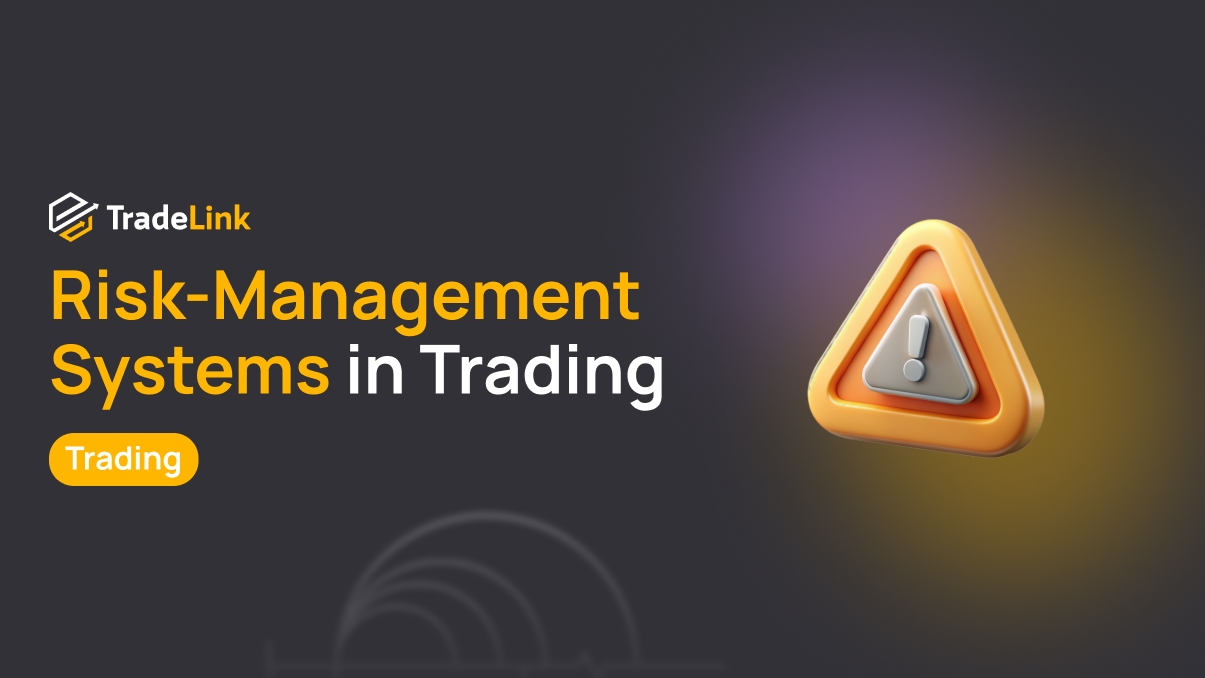
Risk management in trading goes beyond stop-loss orders. This article explores real systems traders use to protect capital and achieve consistent performance.

Trader psychology is a key factor in achieving success in crypto and financial markets. This article explores the habits of professionals that help maintain discipline, control emotions, and secure consistent profits.

Bitcoin has moved from an experiment to a corporate strategy tool. This article explains why companies add it to their balance sheets, the benefits and risks, and its impact on the market.
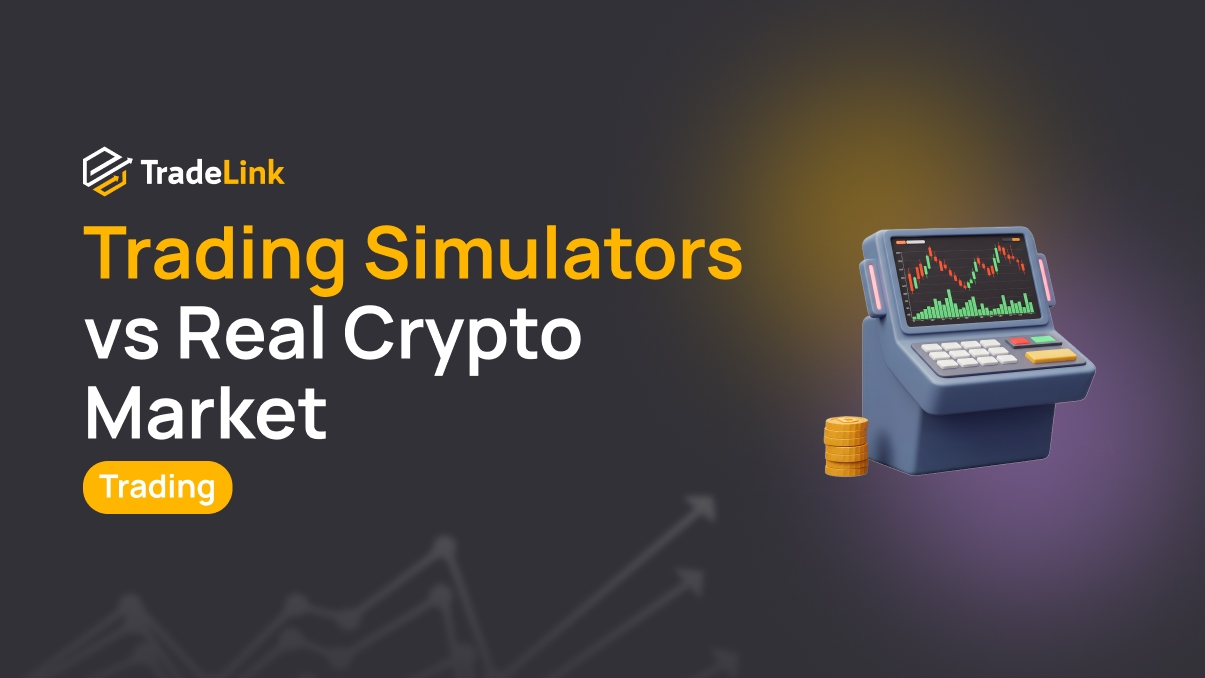
Crypto simulators let beginners practice trading without risk and learn how exchanges work. Yet there are critical differences between demo trading and the real market that every new trader needs to understand.
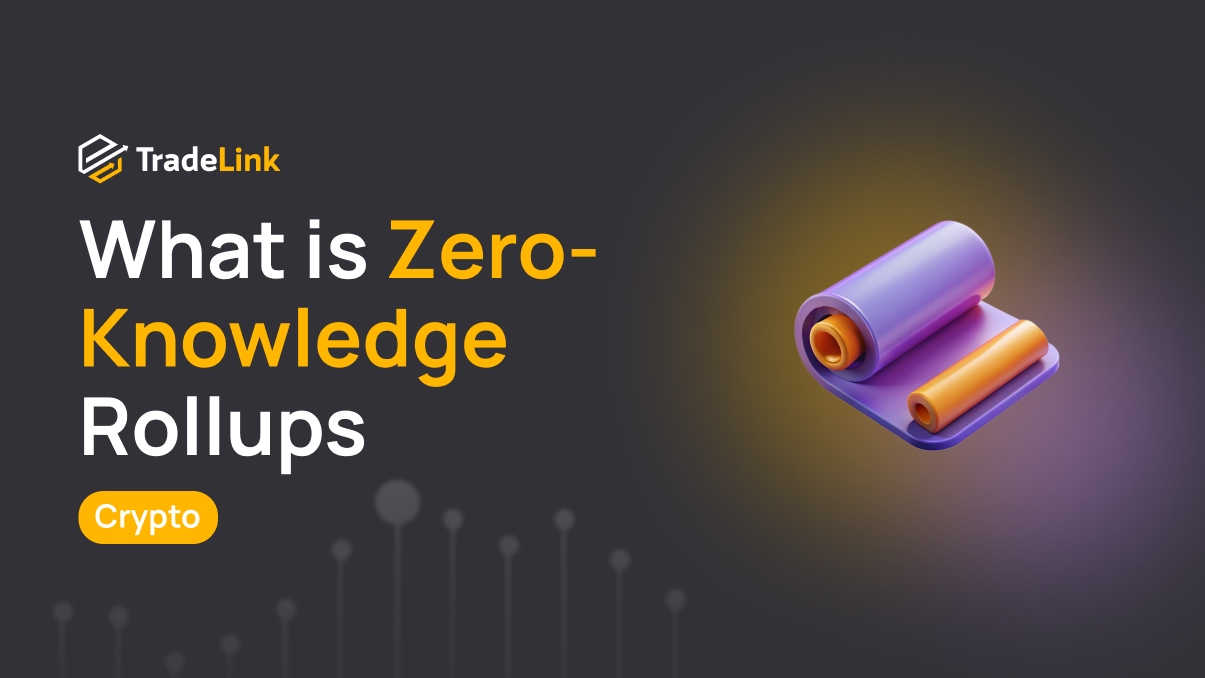
Zero-Knowledge Rollups combine blockchain scalability with privacy. This article explores zk principles, L2 comparisons, and the future of private DeFi.

What is Ethereum and how it became the foundation of the crypto economy. An overview of the architecture of one of the most well-known and significant blockchains in the cryptocurrency space.
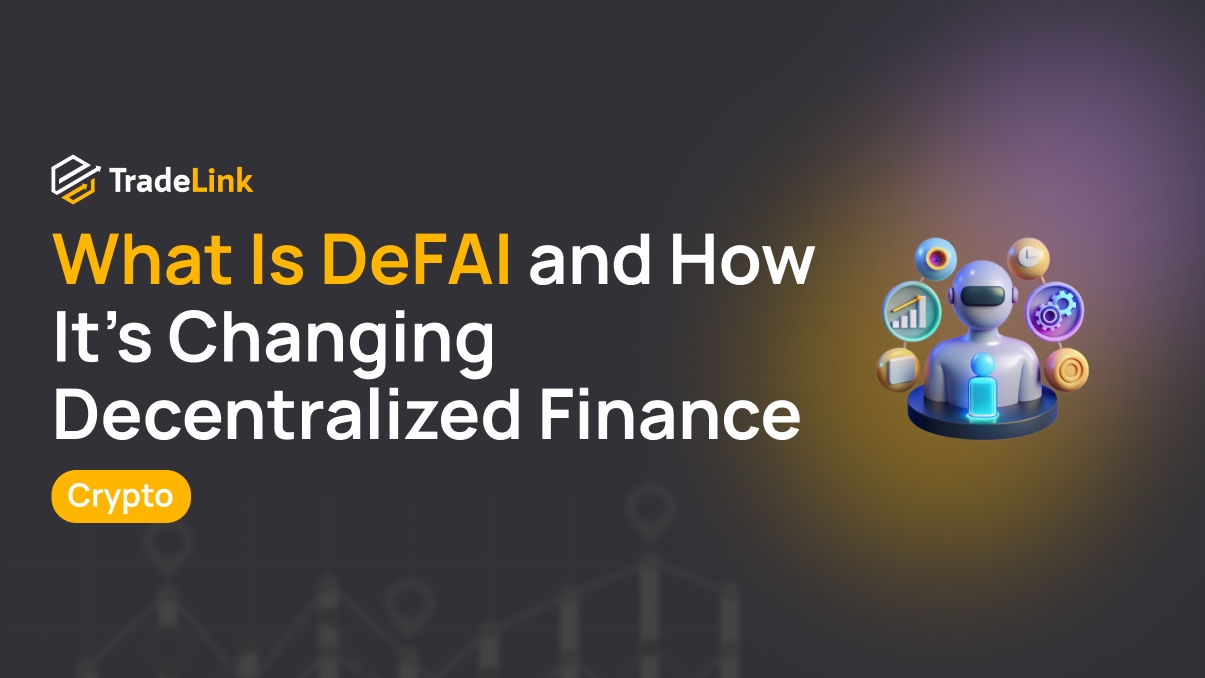
DeFAI is an emerging hybrid of DeFi and artificial intelligence. The article covers its technologies, AI agent roles, advantages, risks, and development outlook.

What are crypto bridges and how they move assets between blockchains. Key mechanics, risks, wrapped tokens, and the future of cross-chain infrastructure.
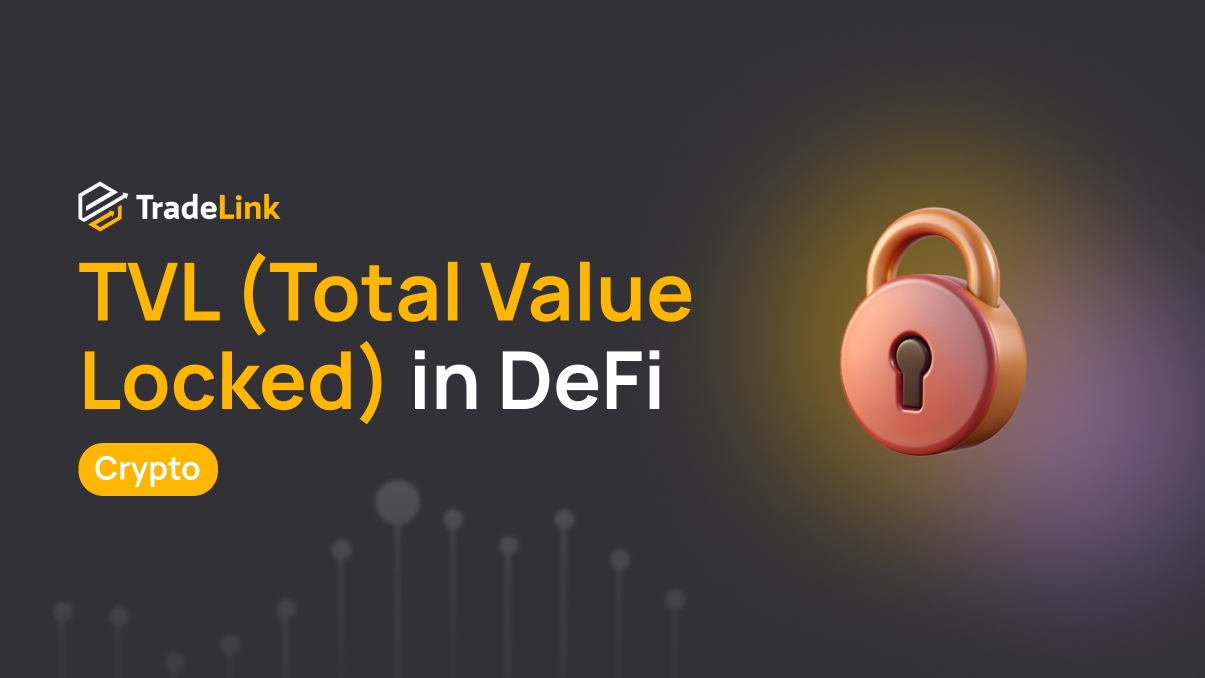
TVL (Total Value Locked) is a key metric in DeFi. This article explains how TVL works, why it matters, and how to use it to assess decentralized protocols.

Web3 identity remains unsolved — Proof-of-Trade offers a behavioral, on-chain alternative. This article explains its principles, benefits, and practical use cases.

ReFi is a blockchain-based model of regenerative finance focused on ecological recovery. The article explores its principles, technologies, and examples of green crypto projects.

How to detect Ponzi and pyramid schemes in crypto. Key signs, differences between the schemes, real-world examples, and how to protect yourself from scams.
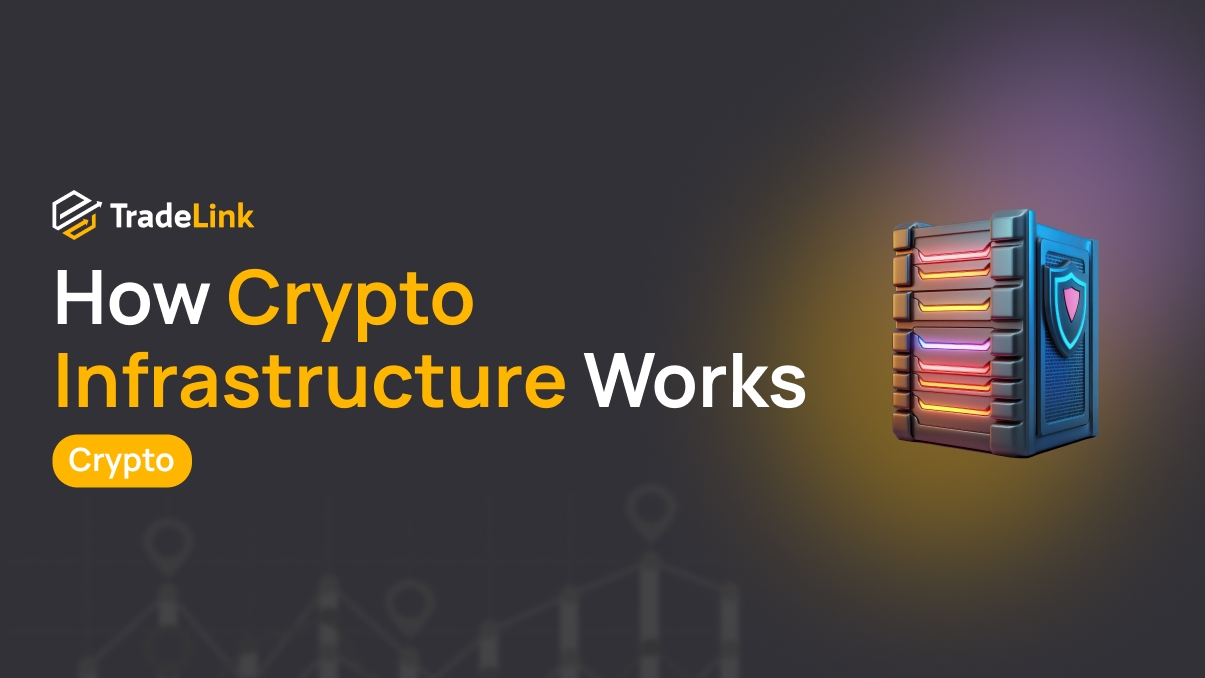
How crypto infrastructure works: from RPC nodes to indexers. A breakdown of key components, their differences, and their role in powering blockchain apps.

What is Fully Diluted Valuation in crypto, how FDV is calculated, how it differs from market cap, and how it impacts project evaluation and investor risks.